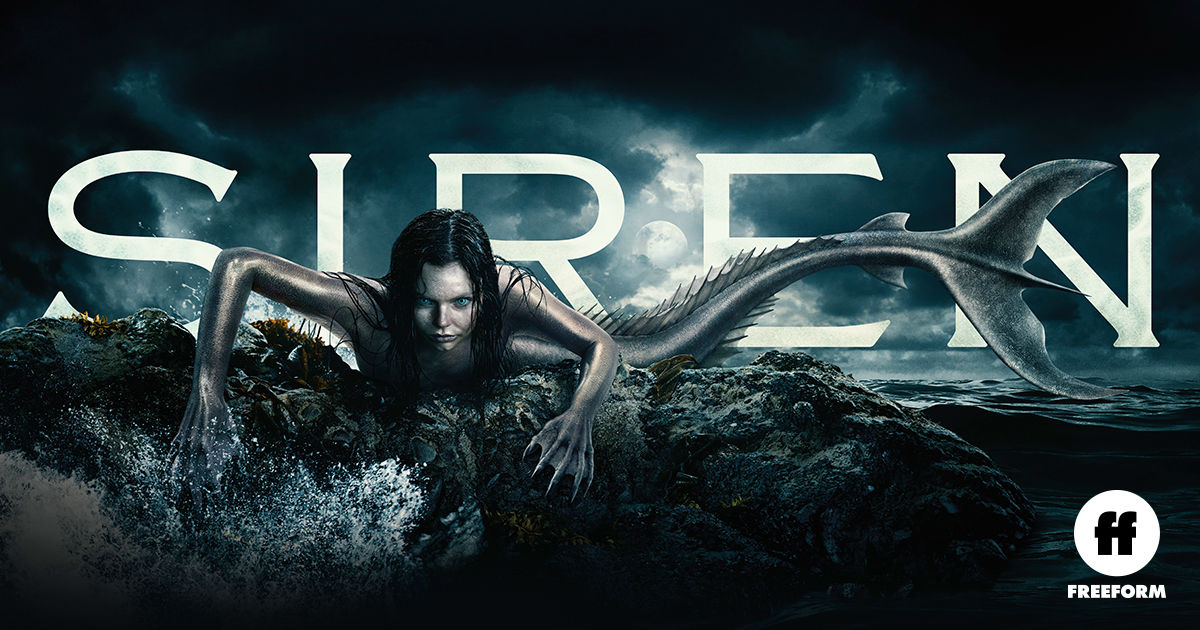Michael A. Levine Scores Freeform’s SIREN
Interview by Randall D. Larson
Born in Tokyo but raised in the Midwest, Michael A. Levine moved to New York City where his first job in music was playing violin on the streets. He soon was playing in bands and on records, working with Carla Bley, Shaun Colvin, Lenny Kravitz, Grandmaster Flash, and Cher. He then began writing for advertising, earning two Clio awards, and composed popular jingles including, most famously, “Gimme a Break” (the Kit Kat song).
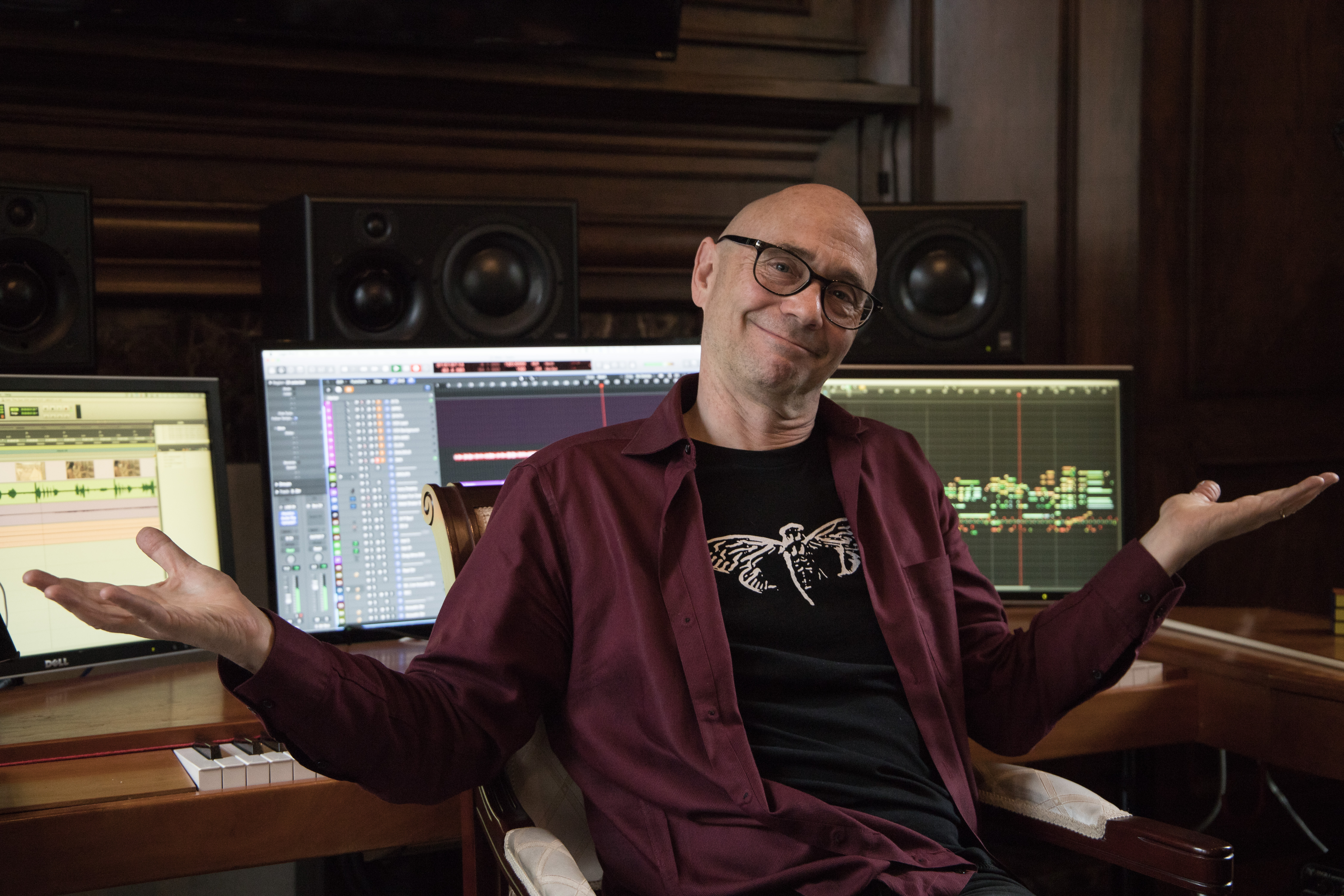
Levine was awarded eight ASCAP awards for his work on the Jerry Bruckheimer/CBS dramas COLD CASE and Close To Home. His theme song for the game RESIDENT EVIL VII BIOHAZARD VR (Go Tell Aunt Rhody/Everybody’s Dead) – the first VR game in the RE series – has become a viral hit. Michael produced Lorde’s version of “Everybody Wants to Rule the World” and chart-topping records for Nat and Alex Wolff. He is also known as a support composer and violinist for Hans Zimmer on DUNKIRK, BATMAN: DARK KNIGHT, and THE SIMPSONS MOVIE, for which he wrote the choir version of Spider Pig.
I interviewed Levine at length on May 17th, 2018, about scoring the Freeform (formerly ABC Family) limited series, SIREN.
_______________________________________________________________________
Q: How did you first become involved in the SIREN series?
Michael A. Levine: There’s an old line from Cole Porter in which he was asked “what inspired you to write this such-and-such a song?” and he answered, “The call from my agent!” This was just like that. I got called in, they were interviewing a number of different composers, and they had us all score this one scene. Now the irony was that what I did, which was extremely minimal and almost all acoustic, ended up being something that the network was really not all that excited about. They wanted to make it more youth-oriented so that the palette shifted to being more electronic as it developed – but what initially got me the job, ironically, was the fact that I did all this sea-shanty music on these unusual instruments that I own and play. Now, all of that stuff is still in the DNA of the show and every now and then you hear a tenor violin popping out with these little tunes, and so forth. But it became something a little more in line with the network’s image of the show. I think they just thought what I was doing was a little too esoteric at the time. But the show creator and the showrunners loved it and so they hired me and then we adjusted!
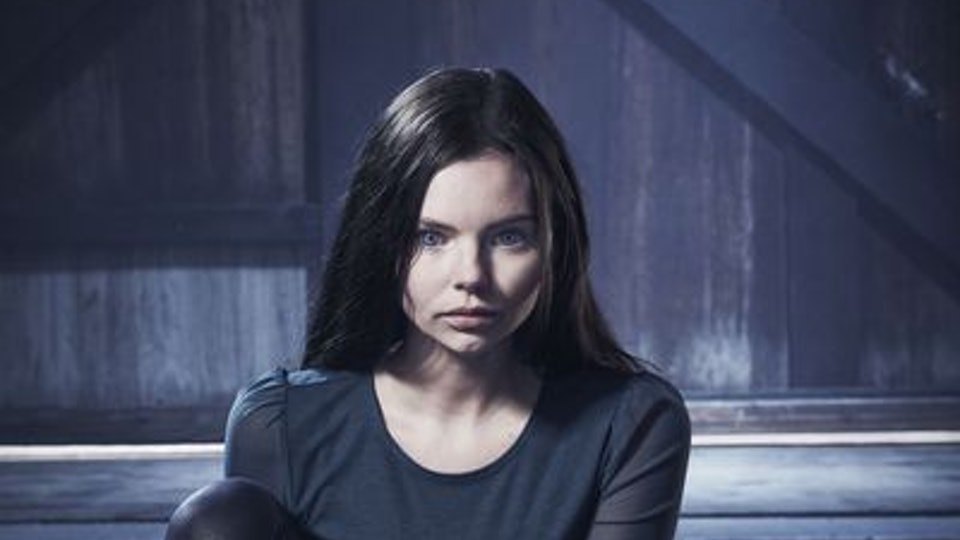
Q: When you came on board how did you develop your demo into the musical design that we hear on the show now?
Michael A. Levine: One of the first pieces I wrote was the siren song. In the pilot this is something that Ryn sings in a very exposed way and it hypnotizes Ben. You also hear a version of it, sung by a character we will later learn know as Donna, when she is in the hold of the ship. It had to have a magical quality to it and yet be sufficiently strange so

that it would be in keeping with the fact that this is not a fantasy interpretation of the mermaid and siren myth, it is more of a science fictional one. The idea was to make something that was plausible… it’s essentially going on in the heads of the characters who hear it as opposed to what its sonic reality is. Now, when Ryn sings it to Ben it starts out with just this woman singing in a room, but by the end of the piece and they’re interrupted by a knock on the door, it has become this entire internal space for him that is overwhelming and strange.
Q: That became kind of a motif for all the episodes after that?
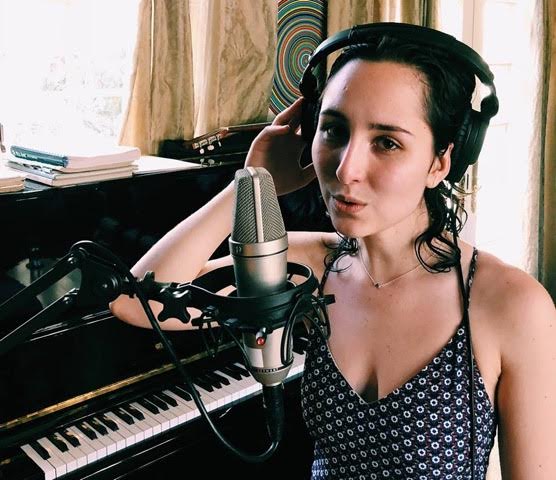
Michael A. Levine: Yeah. Among other things it’s used in the closing credits music on every show and it’s also used as a “billboard” when they show the title card of the show coming in and out of commercials. But we also hear both Ryn’s version and then later Donna’s version (which is similar but a little bit different in terms of character) during dramatic moments of the episodes. It’s all sung by one singer, a woman named Mariana Barreto, and she goes by the stage name Mari.
Q: She really does give a wonderful sound to the mermaid’s song.
Michael A. Levine: She’s sung on many of my projects, including the closing credit song for LANDFILL HARMONIC, a documentary score I wrote, and that song was shortlisted for the Oscars. She has a band called Samira and the Wind and that’s on Spotify. I produced that album and I’m very proud of that.
Q: How would you describe the show’s thematic development?
Michael A. Levine: The are a number of different vocal pieces that end up becoming important thematically, for various characters. There’s one called “Mermaid Power,” there’s an important death that happens later and there’s a theme for that, and then there’s a character who reveals that she’s related to the mermaids and that has its own theme, too. But in addition to all the mermaid-related music, there is this sound that is referenced to by a Native American flute that you often hear a lot of times on establishing shots. This refers to the fact that there is this Native American community that has a long relationship with the mermaids, and there’s almost an ancient connection there. And that’s another one of the themes. There are a few other things like there’s the “bro’ music for the characters of Cal and Xander [who become involved in Ben’s aiding of Ryn]. Ben has his own music and there’s a love theme, and so forth, but the most important sonic elements are the vocal bits and these little bits of tenor violin which pop up every now and then that represent the sea shanty, the sea traditions, and then the native flute.
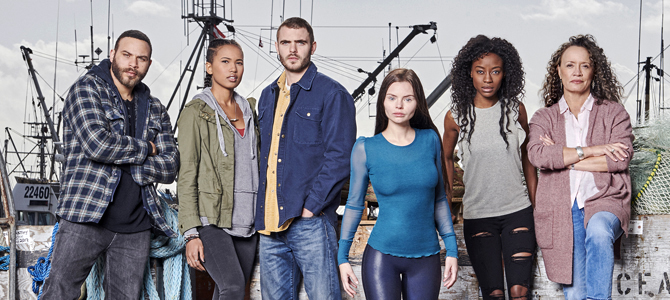
Q: How do the themes interact with one another as the story develops across the season’s arc?
Michael A. Levine: It’s always story-driven, and one of the questions I ask is “Whose viewpoint are we looking at?” You can look at a character’s viewpoint or an omniscient viewpoint; you can even sometimes be viewing it from some sort of overarching thematic idea. But there are two central colors that you have to establish in the show, and those are the reality of Bristol Cove, which is this city by the sea that is mostly driven by its fishing industry, and then there is this fantastic element of the mermaids and the things that are related to them.
Q: What story or character elements were most important to cover musically in this film?
Michael A. Levine: It’s a very different vibe than, say, what Alexander Desplat was trying to do with THE SHAPE OF WATER. In that case, he was trying to emphasize the romance of this woman who literally had no voice and this character who can hear her despite her lack of voice, and romance is the central part of that score. This is a little different. There are different metaphors here that have to do with, first of all, female empowerment; secondly, the sense of respecting our world and the ecology of the sea, and then there’s jut the classic “fish out of water” story where you have the stranger with mysterious powers who comes to town, and so all of those elements are more powerful here than, say, the romantic elements, which are hinted at but they are always with a twist.
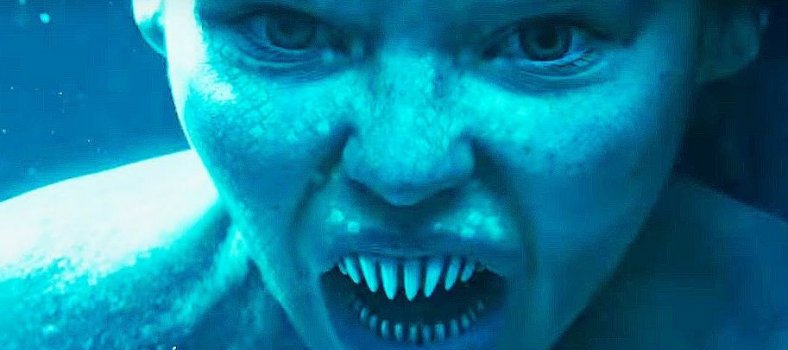
Q: I also like the way that you are able to treat Ryn both as a threatening predator in the beginning and through various components of the developing story, but also as a very sympathetic creature.
Michael A. Levine: You always had to believe that she was powerful, and anyone who’s powerful is ultimately a threat. The fact that she didn’t understand this world and she was powerful was important, but I think pretty early on it’s established that she does have a sense of connection with central characters and that she is a caring being, so you develop more and more sympathy with her, but it wouldn’t be as powerful a connection with the viewer if you weren’t a little afraid of her to begin with.
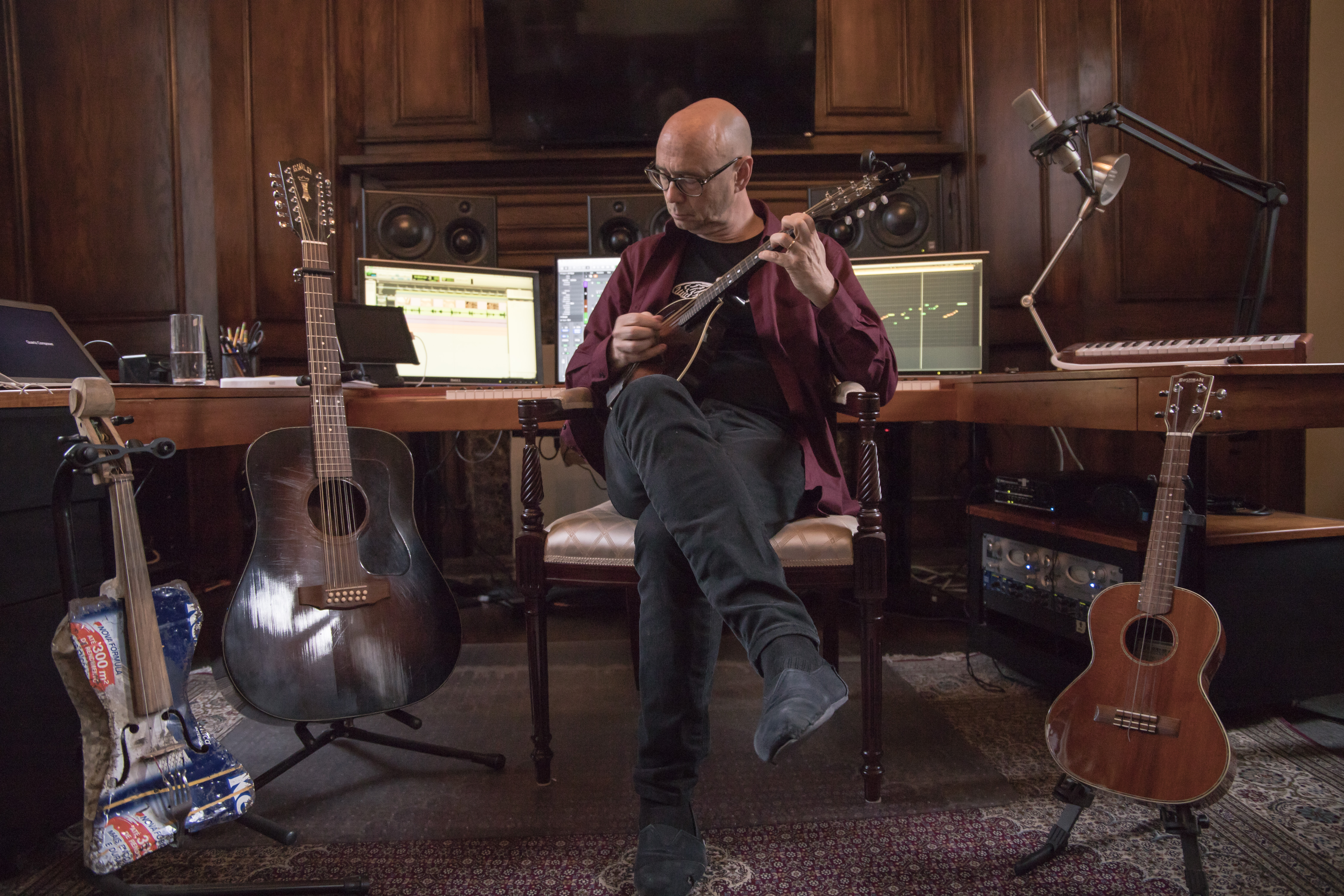
Q: How did the score’s mix of live players and digital instruments benefit the resulting creative timbre of the SIREN score?
Michael A. Levine: There are a fair number of live instruments but the nature of the score meant that I played post of them myself. I play a lot of instruments; I’m a violinist principally by training, but I play guitar, and I also play a lot of different kind of bowed string instruments. I have this interesting instrument called a perepelochka which ended being my substitute harp. It’s a very primitive instrument, a member of the dulcimer family, but it’s single stringed unlike a hammered dulcimer which is typically multiple-stringed. It’s actually designed to be played by mallets but I use my fingers on it and then I would process it. It’s– it’s almost a toy! But it just had a great sound. And then I play the tenor violin, which is sort of the sea shanty instrument. It plays an octave lower than a regular violin. Another instrument that I use is one called a ciola, this is an octave viola, and you often heard that sound especially when bad things are about to happen. This was my real secret weapon! It’s already a very low instrument, it’s in the range of a cello [thus cello + viola = ciola] and it’s got the gritty, edgy sound, and I would drop it down an octave electronically so that it was in the bass register! There was always a bridge between the acoustic instruments and the electronic because I would almost always to something a little strange to the acoustics, especially if a mermaid was involved – I would do something to the acoustic instruments to make them sound just a little unreal. And so the performances were often organic but the treatment of the instruments was often electronic.

Q: It seems to be a fairly subdued score, except for some striking moments when it comes out and really speak for a story element, a character element, or a sense of danger. What was your intent as far as what degree of volume was mostly needed and when you could really let the music play dynamically over a scene?
Michael A. Levine: I don’t think there are a lot of composers in the world who wouldn’t like to hear their score mixed louder, myself included! I always think “Hey, the music could really help this!” But it’s always a balance between giving the story enough drive to keep it moving forward and giving enough space so it doesn’t feel musically claustrophobic.
Q: What was most challenging for you about scoring the series?
Michael A. Levine: I think balancing out the initial differing visions of the network and the showrunner, Emily Whitesell, because I would often get fairly contradictory sets of instructions and it was made more complicated by a number of logistic factors, but I felt as the season went on those bumps became less problematical.
For more information on the composer, see his website at https://www.michaellevinemusic.com/
Listen to sample tracks from SIREN here
[Note: if you listen to “Siren Call,” you will hear the impressive sound of the ciola at 1:26] 
Special thanks to Beth Krakower and Javier Garcia of The Krakower Group for their assistance in facilitating this interview. – rdl

